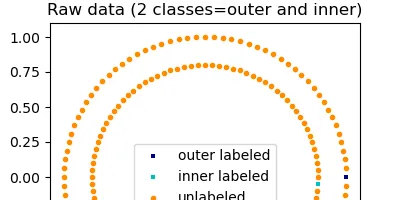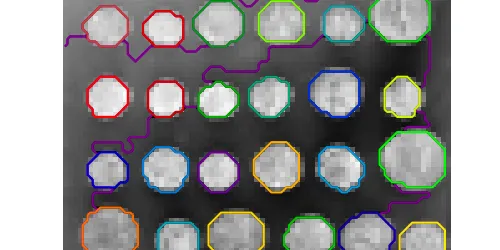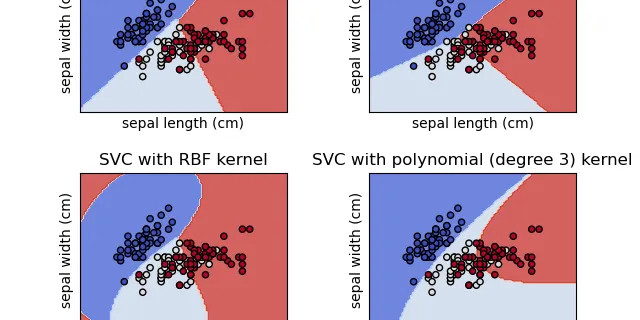Data Science & Developer Roadmaps with Chat & Free Learning Resources
scikit-learn
Scikit-learn is a powerful and widely-used open-source machine learning library for Python. It provides a range of tools for data analysis and modeling, making it accessible for both beginners and experienced practitioners. With a user-friendly interface, scikit-learn supports various machine learning tasks, including classification, regression, clustering, and dimensionality reduction. The library also includes numerous datasets, both real-world and generated, which facilitate experimentation and learning. Its extensive documentation and active community contribute to its popularity, making scikit-learn an essential resource for anyone looking to implement machine learning solutions in Python.

5. Visualizations
Scikit-learn defines a simple API for creating visualizations for machine learning. The key feature of this API is to allow for quick plotting and visual adjustments without recalculation. We provi......
📚 Read more at Scikit-learn User Guide🔎 Find similar documents

7.2. Real world datasets
scikit-learn provides tools to load larger datasets, downloading them if necessary. They can be loaded using the following functions: The Olivetti faces dataset: This dataset contains a set of face......
📚 Read more at Scikit-learn User Guide🔎 Find similar documents

7.1. Toy datasets
scikit-learn comes with a few small standard datasets that do not require to download any file from some external website. They can be loaded using the following functions: These datasets are usefu......
📚 Read more at Scikit-learn User Guide🔎 Find similar documents

7.4. Loading other datasets
Sample images: Scikit-learn also embeds a couple of sample JPEG images published under Creative Commons license by their authors. Those images can be useful to test algorithms and pipelines on 2D d......
📚 Read more at Scikit-learn User Guide🔎 Find similar documents

7.3. Generated datasets
In addition, scikit-learn includes various random sample generators that can be used to build artificial datasets of controlled size and complexity. Generators for classification and clustering: Th......
📚 Read more at Scikit-learn User Guide🔎 Find similar documents

9. Model persistence
After training a scikit-learn model, it is desirable to have a way to persist the model for future use without having to retrain. The following sections give you some hints on how to persist a scik......
📚 Read more at Scikit-learn User Guide🔎 Find similar documents

9. Model persistence
After training a scikit-learn model, it is desirable to have a way to persist the model for future use without having to retrain. The following sections give you some hints on how to persist a scik......
📚 Read more at Scikit-learn User Guide🔎 Find similar documents

1.14. Semi-supervised learning
Semi-supervised learning is a situation in which in your training data some of the samples are not labeled. The semi-supervised estimators in sklearn.semi_supervised are able to make use of this ad......
📚 Read more at Scikit-learn User Guide🔎 Find similar documents

6.2. Feature extraction
The sklearn.feature_extraction module can be used to extract features in a format supported by machine learning algorithms from datasets consisting of formats such as text and image. Loading featur......
📚 Read more at Scikit-learn User Guide🔎 Find similar documents

8.1. Strategies to scale computationally: bigger data
For some applications the amount of examples, features (or both) and/or the speed at which they need to be processed are challenging for traditional approaches. In these cases scikit-learn has a nu......
📚 Read more at Scikit-learn User Guide🔎 Find similar documents

1.4. Support Vector Machines
Support vector machines (SVMs) are a set of supervised learning methods used for classification, regression and outliers detection. The advantages of support vector machines are: Effective in high ......
📚 Read more at Scikit-learn User Guide🔎 Find similar documents

10. Common pitfalls and recommended practices
The purpose of this chapter is to illustrate some common pitfalls and anti-patterns that occur when using scikit-learn. It provides examples of what not to do, along with a corresponding correct ex......
📚 Read more at Scikit-learn User Guide🔎 Find similar documents

